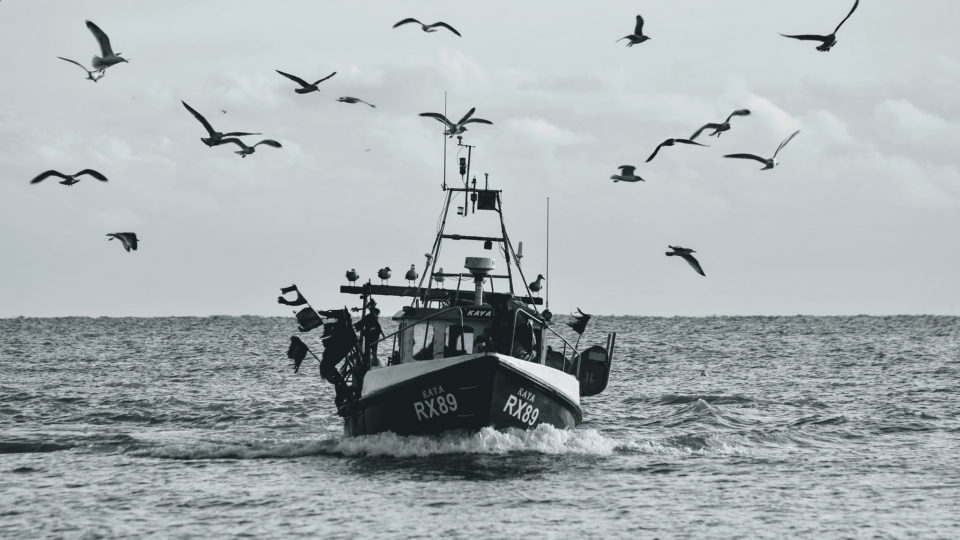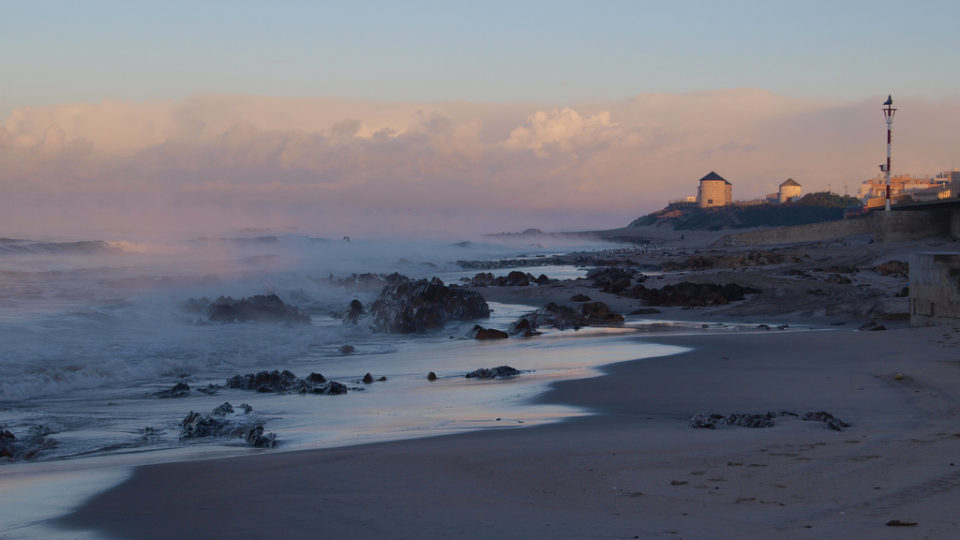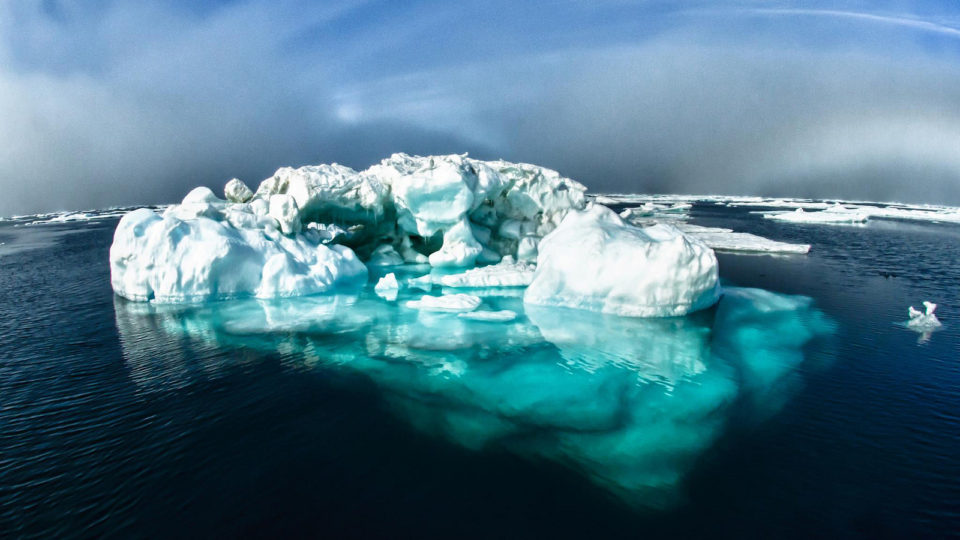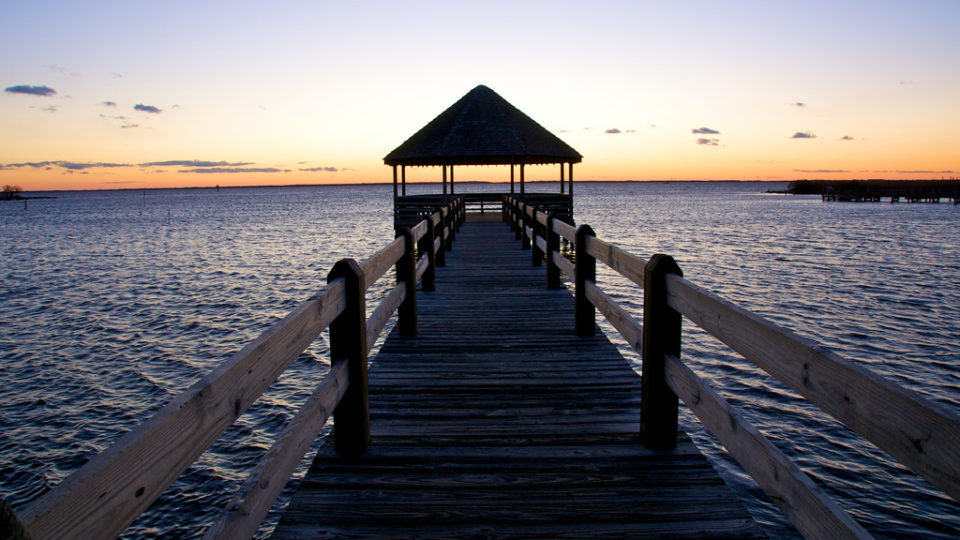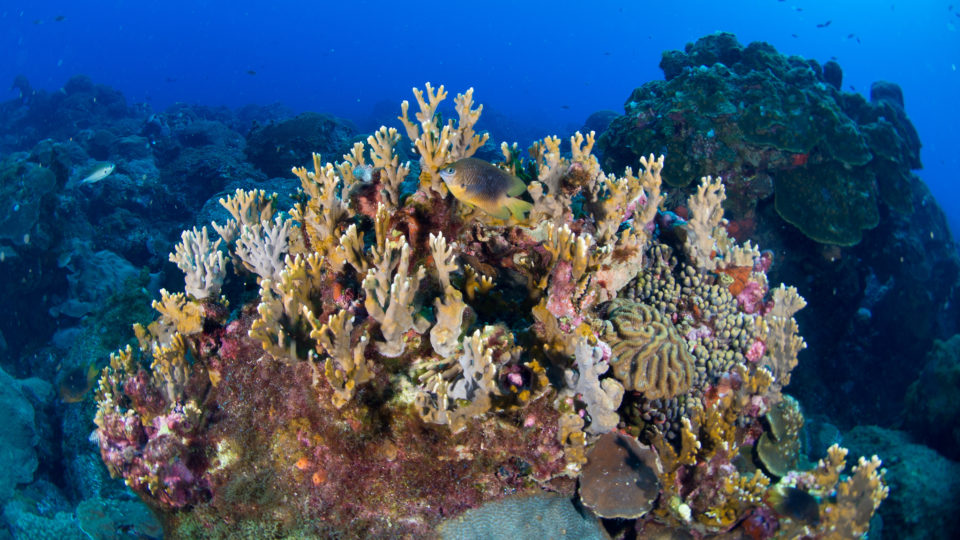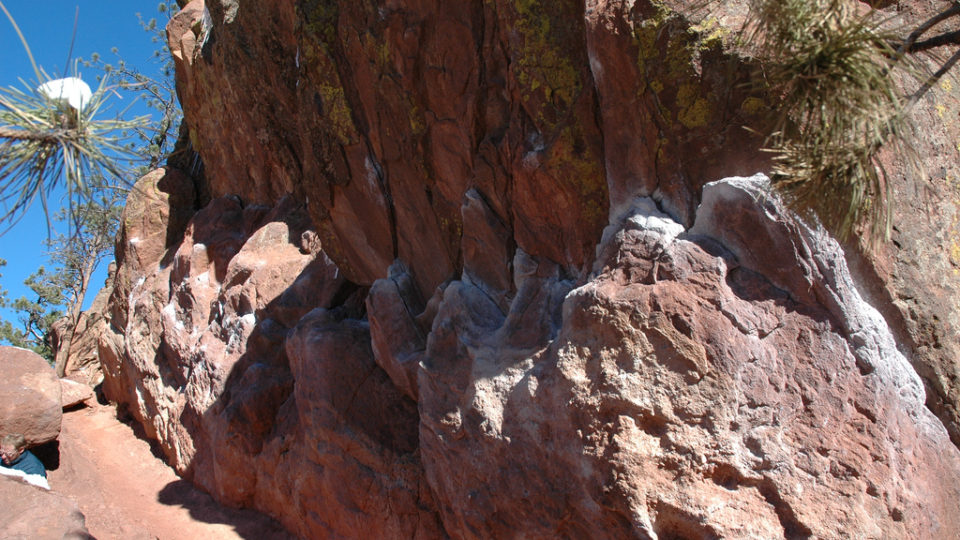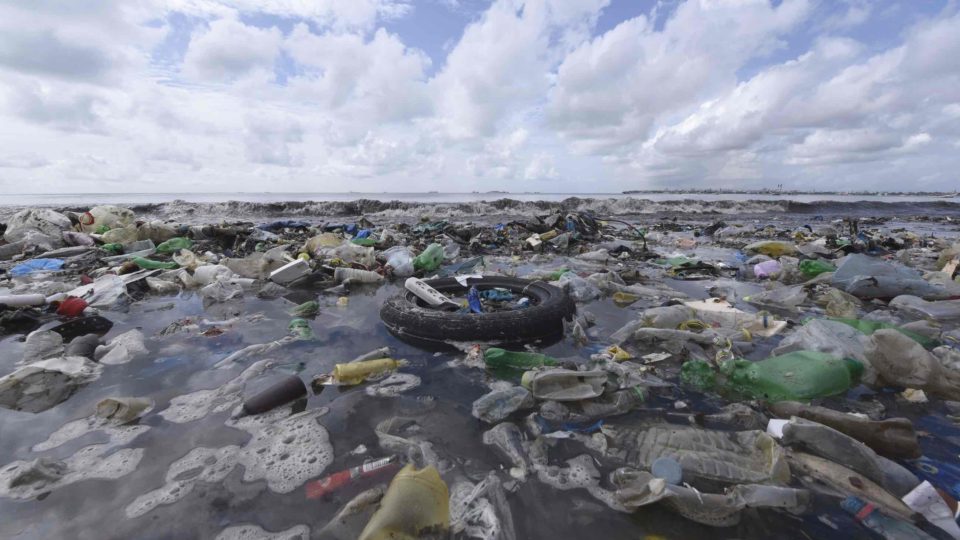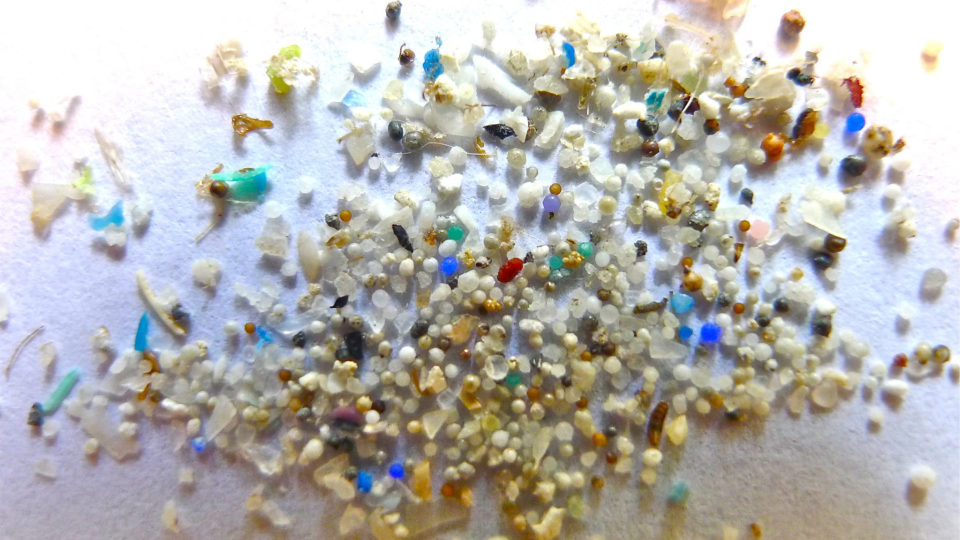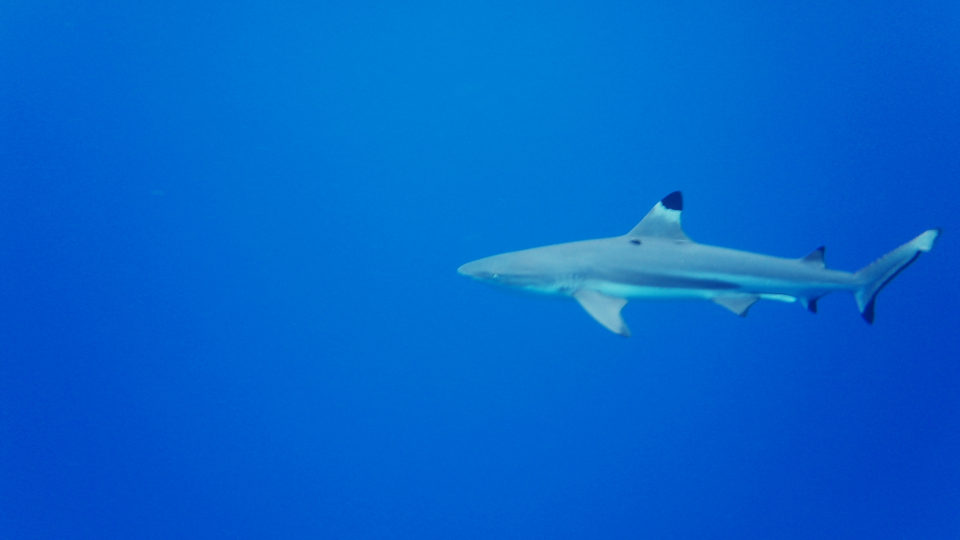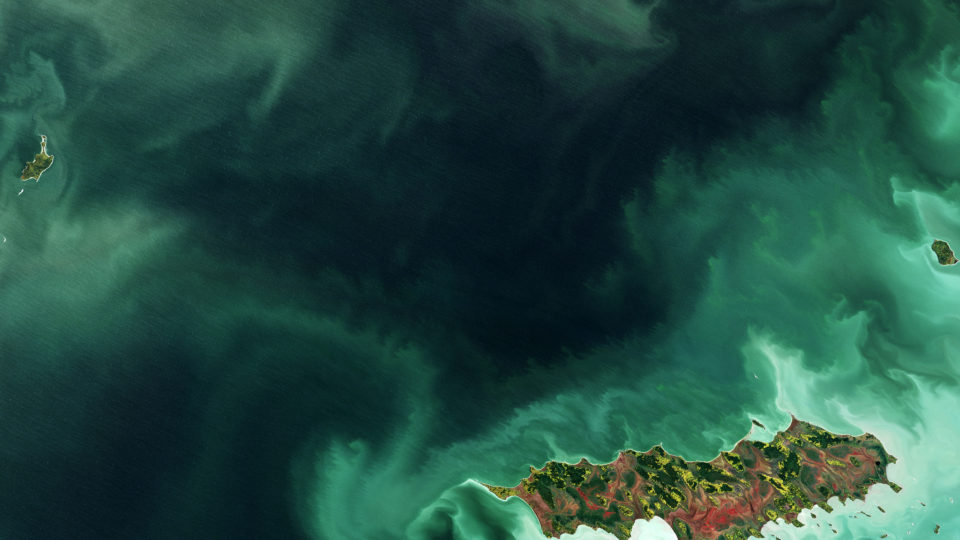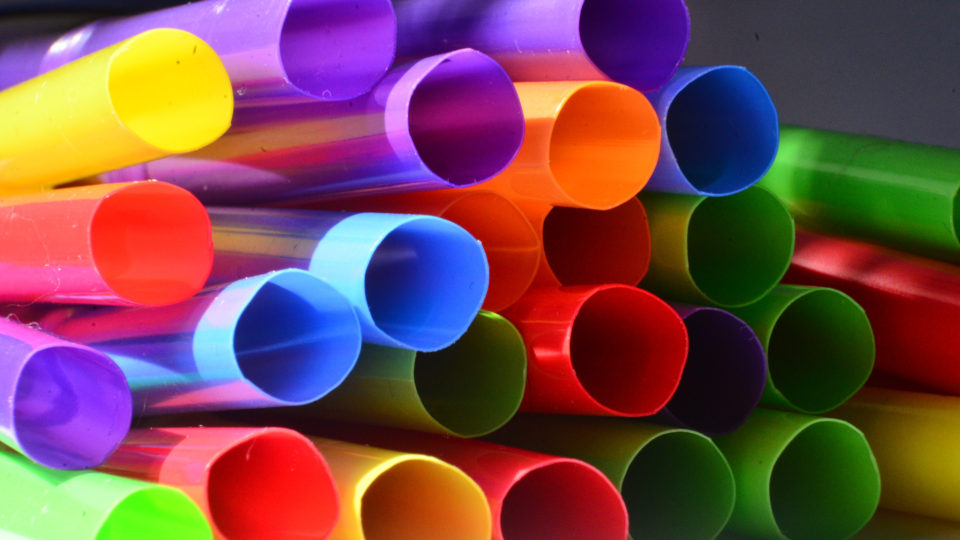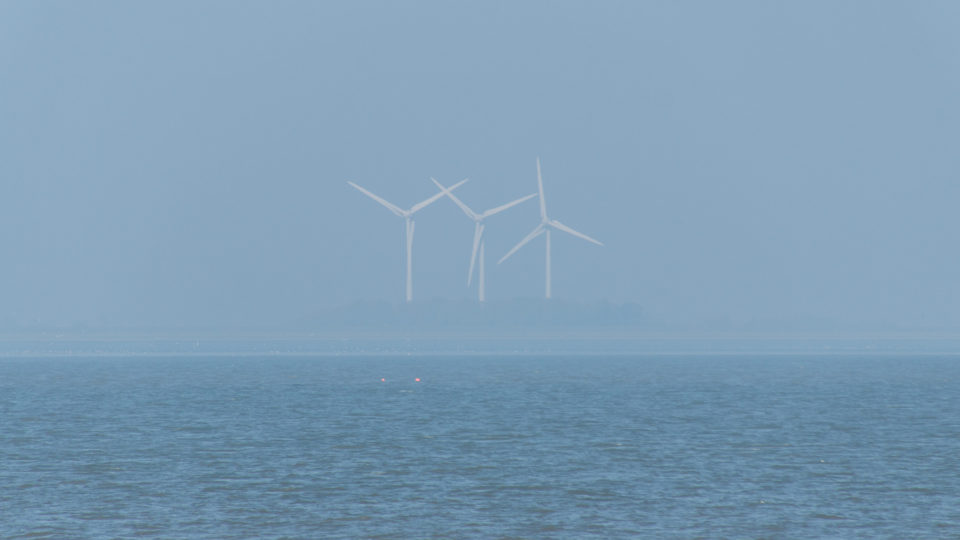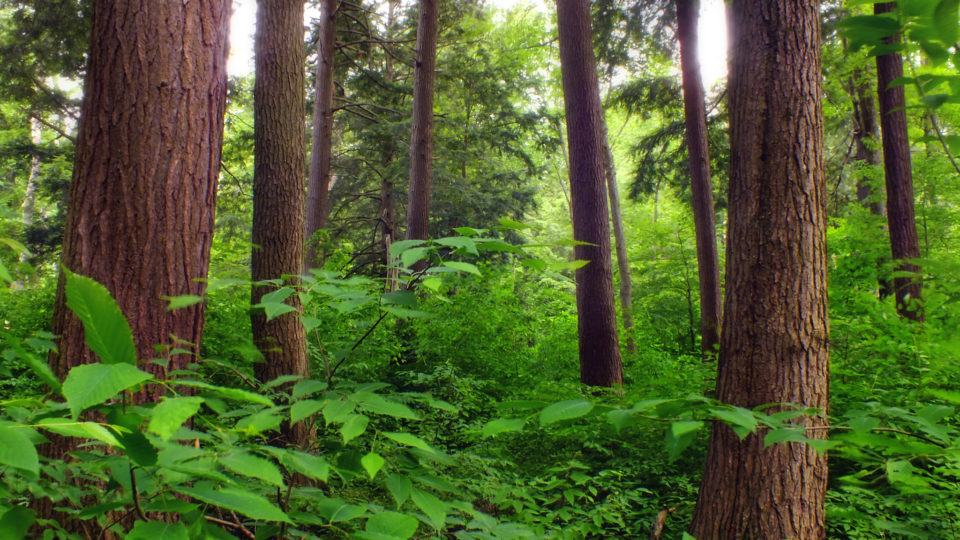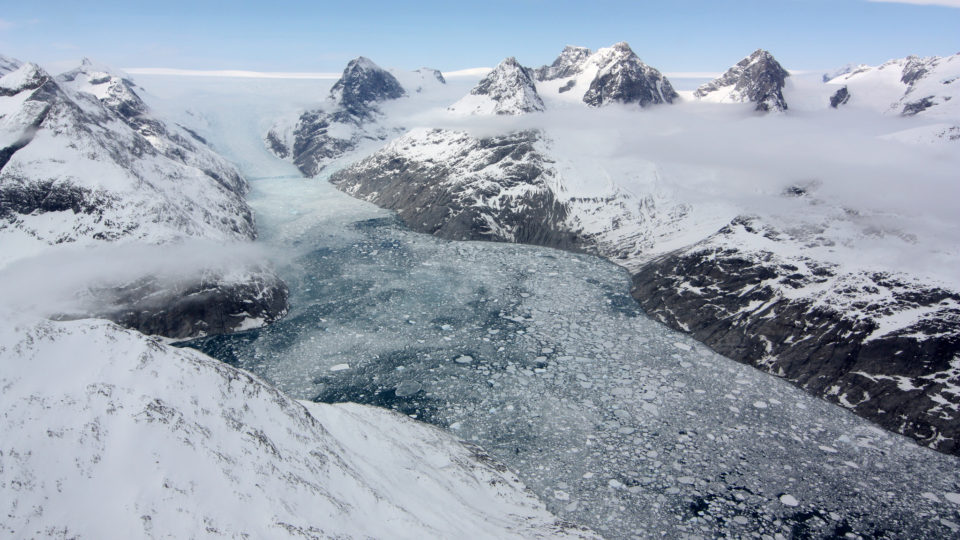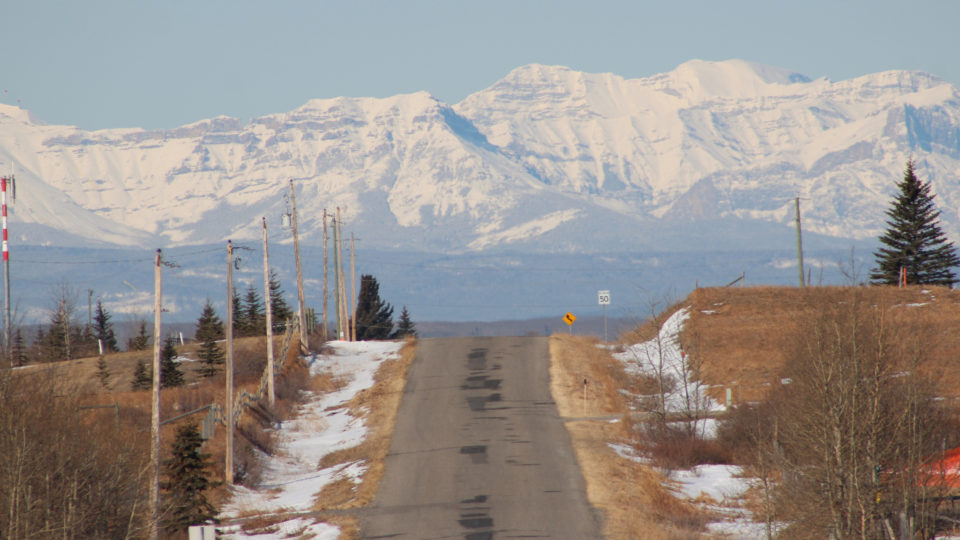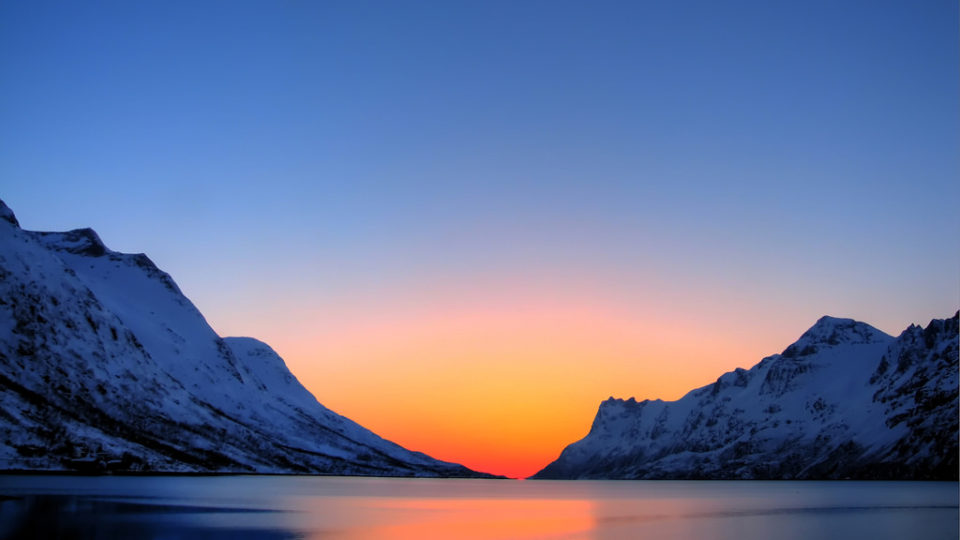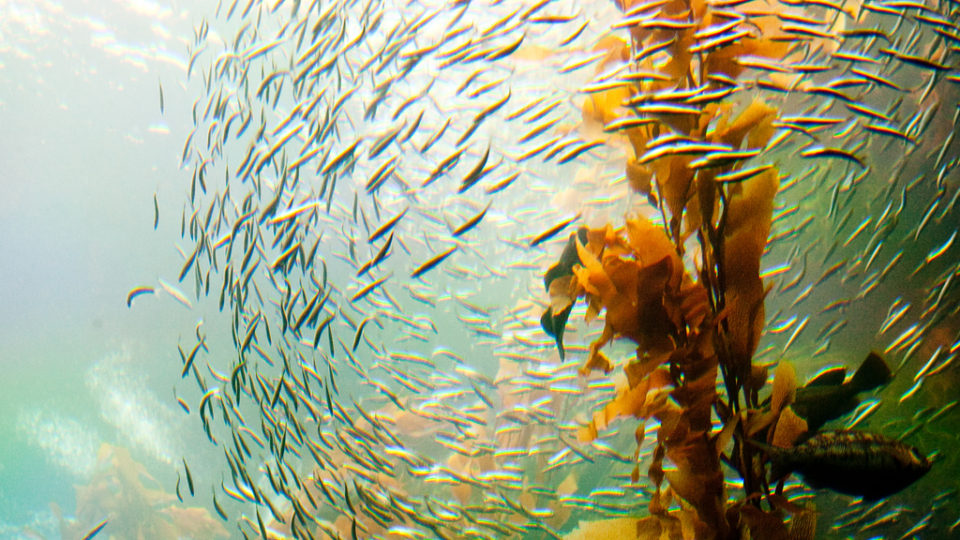ocean
Geoengineering And Developing Countries
There are some mind-boggling schemes being discussed to mitigate the global warming caused by greenhouse gases. These include placing giant mirrors in orbit to reflect sunlight before it reaches Earth and launching millions of tons of sulfur into the stratosphere to simulate the effects of a major volcanic eruption.
Alien Waters Invade The Arctic
The Arctic is heating up faster than any other region of the planet. As a result, once-distinct boundaries between the frigid polar ocean and the warmer, neighboring Atlantic and Pacific Oceans are blurring, opening the way for the southern waters to enter the polar regions. The volume of Pacific Ocean water flowing into the Arctic Ocean through the Bering Strait has increased by 70% over the past decade. The Arctic Ocean’s cold layering system that blocks Atlantic inflows is breaking down.
Rising Seas On The East Coast
Global sea levels are rising by about a tenth of an inch per year, but in some places, the rise is faster… much faster. From 2011 to 2015, sea levels rose up to 5 inches – an inch per year – in some locales along the Eastern Seaboard. Places like Norfolk, Virginia and Miami are experiencing so-called sunny day flooding, something that had not been expected for decades according to climate projections. So, what is going on?
Protecting Reefs Of Hope
One of the most harmful effects of the changing climate is what is happening to coral reefs. Warmer ocean temperatures and acidification are causing widespread bleaching of coral. Stressed corals expel the algae living in their tissue, turning the corals white and robbing them of nutrients. When bleaching events persist, the corals starve and die. Reefs everywhere have been experiencing mass bleaching events in recent years with over 70% of the coral reefs around the world being damaged.
Nitrogen In The Rocks
The carbon cycle is the biogeochemical process by which carbon is exchanged between the atmosphere, the terrestrial biosphere, the ocean, sediments, and the earth’s interior. Its balance is a key factor that influences the climate.
The Great Pacific Garbage Patch
The Great Pacific Garbage Patch is the world’s largest collection of floating trash. It lies between California and Hawaii and is popularly described as being larger than Texas. It was discovered in 1997 by a yachtsman who sailed through a mess of floating plastic bottles and other debris while on a voyage between Hawaii and Los Angeles.
Microplastics In Soil
Many of us are well aware of the environmental challenge faced because of the proliferation of plastics. Since plastic does not decompose naturally, most of it remains in our environment. Only 12% has been incinerated and only 9% has been recycled. A great deal of plastic ends up in the ocean and other bodies of water. Much of it breaks down into small particles – microplastics – which are now ubiquitous in the oceans. There are also microplastics that started out that way in the form of little beads used in the cosmetics industry. Studies have found microplastics in the bodies of 73% of fish from the North Atlantic.
Fewer Snowbird Sharks
Blacktip sharks are snowbirds, to use a cross-species metaphor. At least, they usually are. The males of the species swim south to southern Florida during the coldest months of the year and head back north to North Carolina in the spring to mate with females.
Nitrogen Pollution
Earth system scientists say that there are four major human-caused forces that threaten to cause irreversible and abrupt environmental upheaval: climate change, deforestation, biodiversity loss, and excess nitrogen.
The Last Straw
Every day, Americans throw away 500 hundred million plastic straws. That’s enough to circle the Earth twice. Each one of us uses more than 35,000 of them in a lifetime. And these estimates are probably low.
U.S. Offshore Wind Powering Up
After many years of false starts and delays, the offshore wind industry in the U.S. finally seems to be gaining momentum. According to the Department of Energy, more than 25 offshore wind projects with a generating capacity of 24 gigawatts are now being planned. Most of these are off of the Northeast and Mid-Atlantic coasts.
Natural Climate Solutions
The Paris Climate Agreement embodies a commitment to hold the increase in the global average temperature to less than 2 Celsius degrees above preindustrial levels. Most strategies to achieve this goal involve reductions in greenhouse gas emissions from human activities such as burning fossil fuels as well as various land use activities. But there are also so-called Natural Climate Solutions, which relate to the storage of carbon and reduction in carbon emissions across global forests, wetlands, grasslands, and agricultural lands.
Algae And The Greenland Ice Sheet
The Greenland Ice Sheet is the second largest ice body in the world, after the Antarctic ice sheet. It is about 1,500 miles long, nearly 900 miles across at its widest point, and averages more than a mile in thickness. It has experienced record melting in recent years and is a source of great concern as the climate continues to warm. The Greenland Ice Sheet is losing an estimated 270 billion tons of ice each year. If the entire sheet were to melt, global sea levels would rise by 24 feet which, of course, would be a world-wide catastrophe.
Is The World’s Largest Sea Turtle No Longer Endangered?
The rapid disappearance of many plants and animals around the world has many scientists saying we are experiencing a sixth mass extinction – the first since the dinosaurs were wiped out some 66 million years ago. Despite all sorts of conservation efforts, living things are struggling as a result of climate change, habitat loss, and countless other natural and manmade pressures. Conservation success stories have been few and far between.
[Read more…] about Is The World’s Largest Sea Turtle No Longer Endangered?
